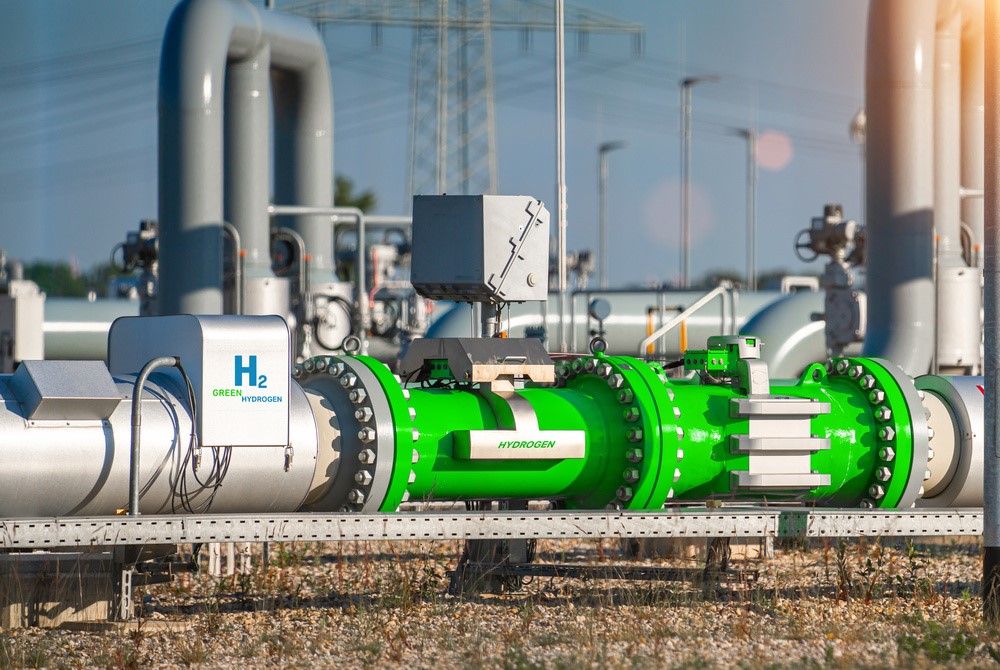Aug 30, 2024
The biggest hindrance to hydrogen-powered energy production is a lack of hydrogen.

Utility developers and power companies are not afraid to use the term 'hydrogen ready' to describe the latest energy solutions they are working on. The term denotes a readiness to convert a methane-burning power plant to hydrogen. But how realistic is such a proposition? Could it be that 'hydrogen ready' is just a marketing phrase?
While the jury is still out on the topic of burning hydrogen in place of methane, at least one organization doesn't see it happening anytime soon. The Institute for Energy Economics and Financial Analysis (IEEFA) just released a detailed report making it clear that hydrogen power generation is not ready for prime time.
In fairness, the plants and the technology behind them are not to blame. Rather, the IEEFA points to three other things that will hinder hydrogen-powered energy generation for the foreseeable future. Let us take a look at them.
1. Lack of Hydrogen Supply
The biggest hindrance to hydrogen-powered energy production is a lack of hydrogen. According to the report, U.S. producers are only putting out about 10 million tons of hydrogen annually. Nearly all of what is produced goes toward producing fertilizer and petrochemical products. There just isn't enough left over to divert to power generation.
An example cited in the report demonstrates why supply is such a problem. Long Ridge Energy ran a test using a 5% hydrogen blend back in 2022. In order to produce 17 MWh of power, the plant consumed 325k cubic feet of hydrogen. That is a lot of hydrogen at a 5% ratio.
2. Insufficient Infrastructure
A second issue pointed out by the IEEFA is a pronounced lack of infrastructure. To date, we have no pipeline network capable of distributing hydrogen to turbines located around the country. Not only that, building such a pipeline network is a monumental task that would take years to complete. How long would it take to approve such a network before construction could begin?
Once again, the existing infrastructure we do have is concentrated in just two states: Louisiana and Texas. Those projects serve the petrochemical and fertilizer industries. If we were to build genuine hydrogen-burning power plants in other parts of the country, there wouldn't be a viable way to supply them.
3. A Lack of Investment
The third and final issue brought up by the IEEFA is a lack of investment in hydrogen-based power generation. Building power plants and infrastructure costs money. So does producing hydrogen, maintaining regulatory compliance, and everything else that comes with power generation. Rate payers alone cannot cover all the costs while guaranteeing that hydrogen-produced power remains competitive with coal, natural gas, oil, and renewables.
Adding fuel to this particular fire is the reality that the total cost of hydrogen-based power generation is largely unknown. On the other hand, the costs associated with renewable energy are pretty much established. Investors looking to put their money into new energy projects are likely to prefer solar, wind, and geothermal over hydrogen.
Perhaps in the Future
Generating power with hydrogen is a noble idea. It might even be a workable idea at some point in the future. But right now, in the 2020s, hydrogen power is a no-go. There is no viable way to replace natural gas with hydrogen for power generation.
The IEEFA report would appear to support the idea that 'hydrogen ready' is little more than a marketing phrase utilized by electric utilities and power project developers to generate excitement around what they are doing. The term is meaningless from a practical standpoint. Hydrogen power is not in our near future.
 Back to All Insights
Back to All Insights